Practical Information
Here are some pieces of practical information that will help you to enjoy your stay in Copenhagen
Visas
Visas to visit Denmark are not required for citizens of European Union countries and their dependencies, or citizens of the U.S.A., Argentina, Australia, Brazil, Canada, Chile, Costa Rica, Guatemala, Honduras, Iceland, Israel, Japan, Malaysia, Mauritius, Mexico, New Zealand, Nicaragua, Panama, Paraguay, Singapore, South Korea, Switzerland, Uruguay or Venezuela.
Citizens of most other countries will require a visa to enter Denmark, unless they already have a valid visa for another Schengen country. Please check this link to see whether this applies to you.
Details on how to apply for a visa can be found at the Danish Immigration Service web site:
http://www.nyidanmark.dk/en-us/coming_to_dk/visa/how-to/
If you require an invitation from the organizers of IUSSI2010 in order to apply for a visa, please contact us at IUSSI2010@bio.ku.dk
Currency
The official currency in Denmark is the Danish Krone (DKK for short, although you may also see DKr), which is further subdivided into 100 Øre. Unlike many European countries, Denmark does not use the Euro, following a narrow defeat for the proposition to adopt the Euro as currency in a referendum in 2000. However, the exchange rate between the Danish Krone and the Euro is more-or-less fixed, and many shops in Copenhagen will accept Euros, but you are likely to receive unfavourable exchange rates, so please make sure you get Danish Krone rather than Euros.
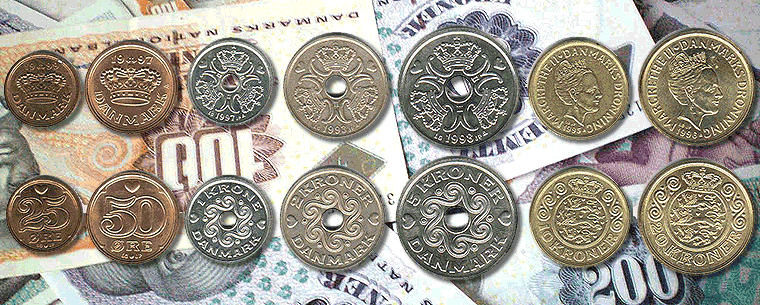
There are many ATM / Cash-point machines throughout Copenhagen and at the airport, mostly associated with banks, and most of them will accept foreign credit cards (particularly VISA), but fees may apply.
Electricity
Denmark uses 240v, 50 Hz current and Danish 2-pin plugs are the same as those used in most of the rest of Europe (Known as "Type C"). Three-pin (earthed) plugs have the earth pin forming an equilateral triangle with the other two pins (technically, "Type K"), which is an arrangement unique to Denmark and Thailand, so you will need to use an adapter if you want to use earthed equipment. The European 2-pin plug will fit into any Danish socket (but of course will be un-earthed). Sockets may have 2 or 3 pins, and may or may not have switches.
 |
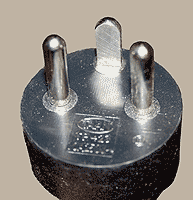 |
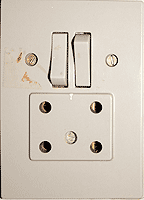 |
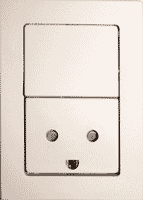 |
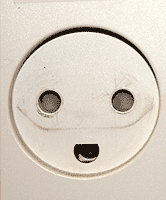 |
| 2-pin plug (Type C) |
3-pin plug (Type K) |
2-pin sockets | 3-pin socket | Unswitched socket |
Weather & Climate
The climate in Copenhagen is very pleasant during the second week in August, with daytime temperatures generally in the range 18-25°C (64-77°F), and night-time temperatures around 13°C (55°F). Although August is the month with most rain in Copenhagen, there is still a 56% chance of no rain on any day in the week of the conference, and if it does rain it is usually only 1 or 2 mm.

The graph above shows a summary of the weather data for 8-14 August over the period 1874-1996, with boxes showing 25-75% quartiles, notches the median, diamonds the mean, whiskers the 5% and 95% limits of the data, and the 5% outliers plotted separately.The period post-1996 has been somewhat warmer and dryer.
Sunrise will be around 5:30 am and sunset 9:00 pm during the week of the congress, giving 15.5 hours of daylight.
